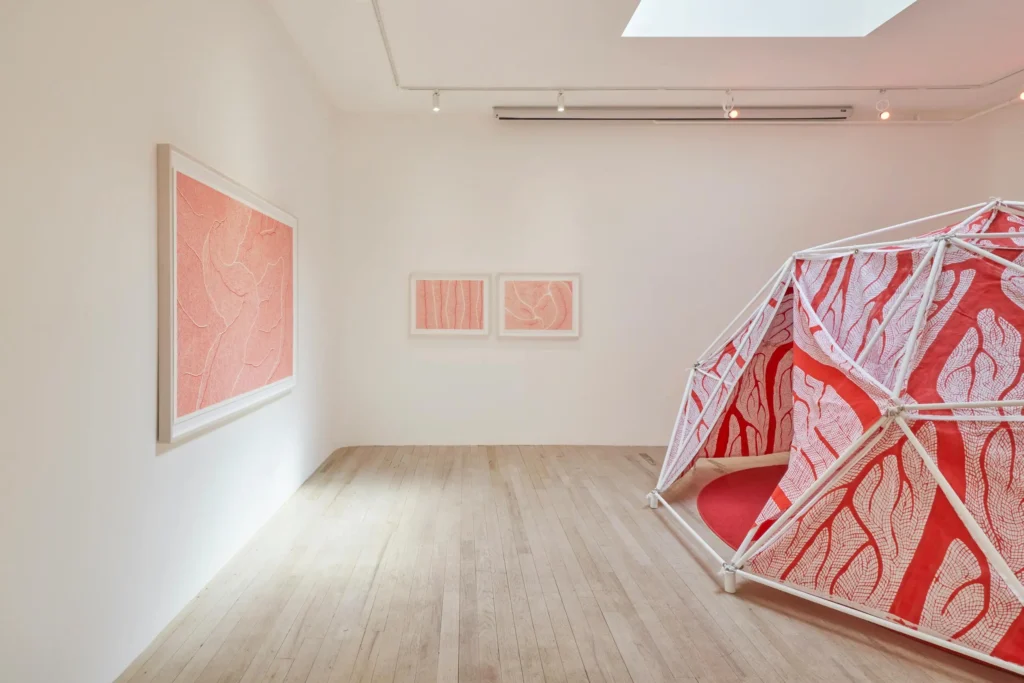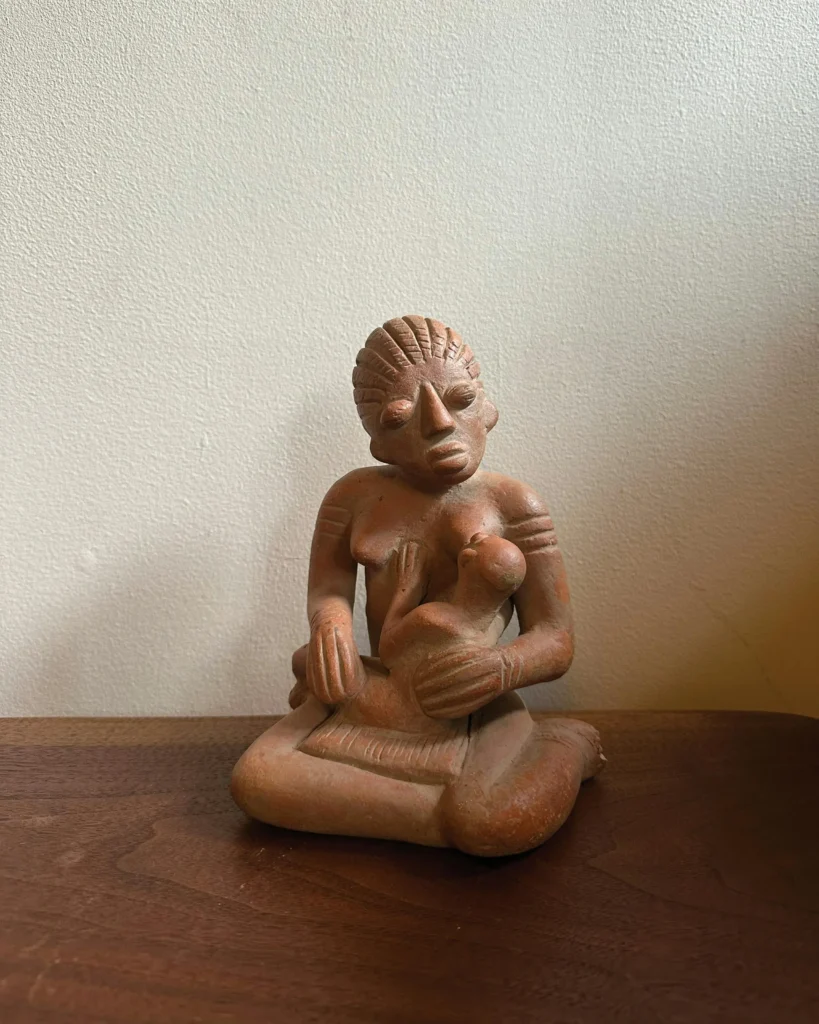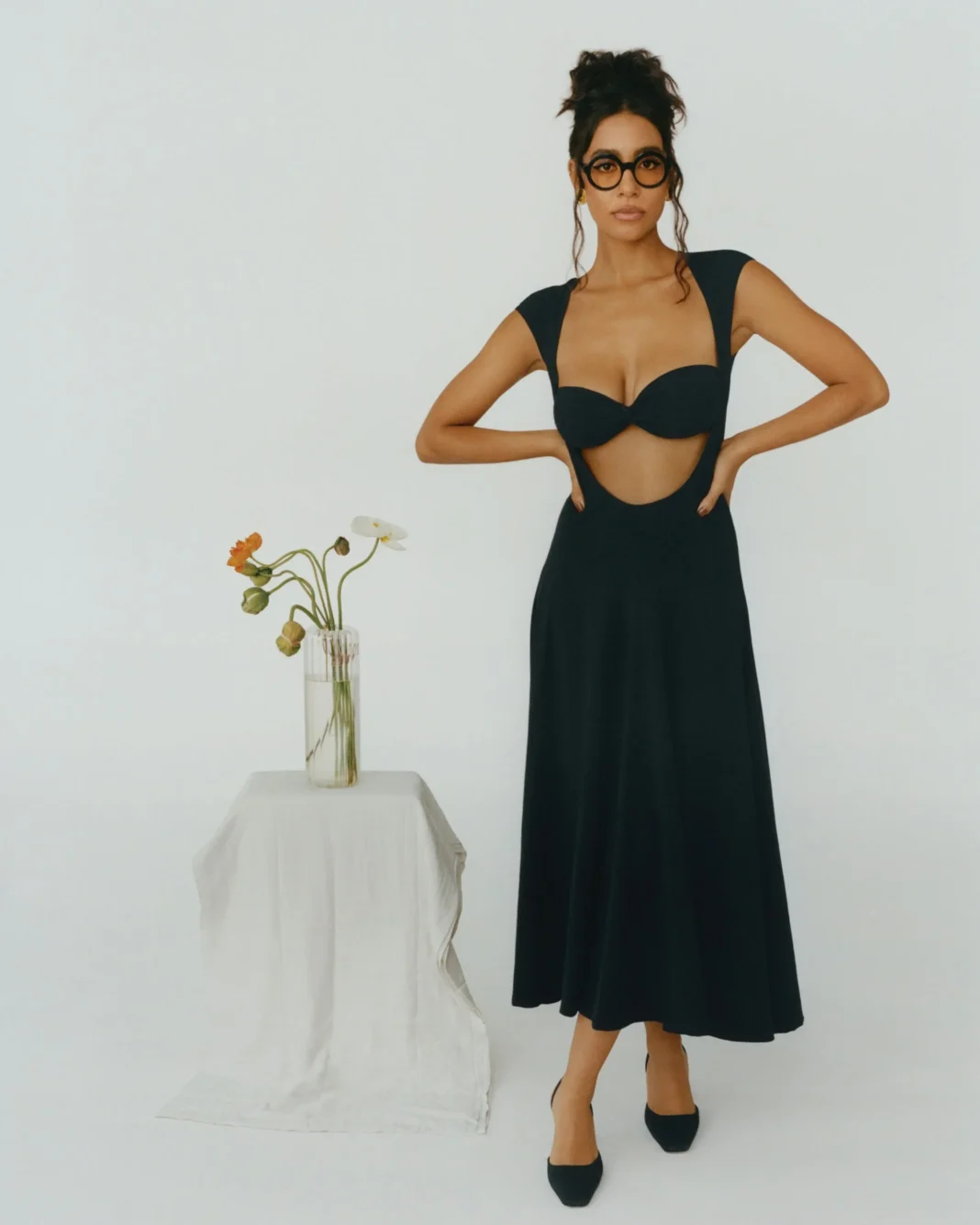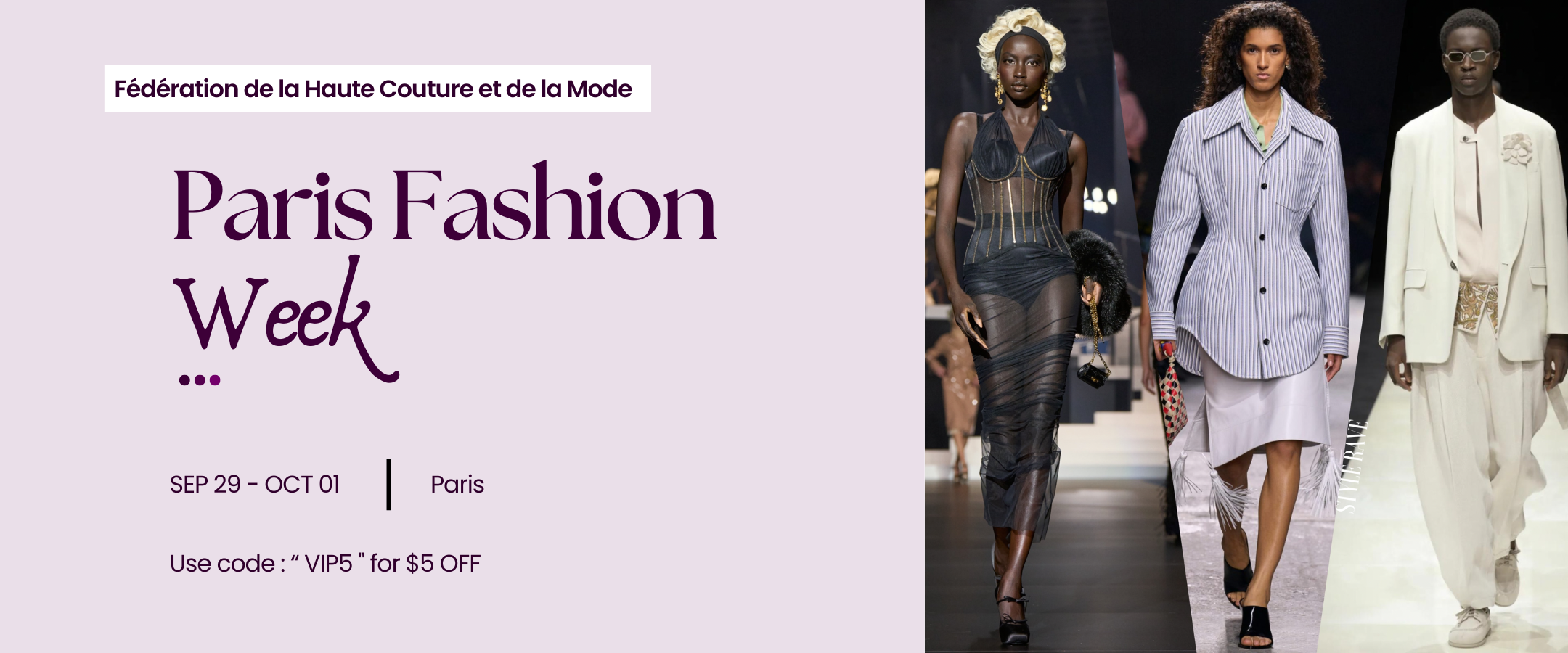For Hannah Traore, art is more than a profession—it’s personal legacy. Raised in a home that doubled as a vibrant archive of West African expression, the 30-year-old New York-based gallerist has translated her heritage into a striking curatorial vision that defies convention. In a city dense with galleries chasing market trends, Traore’s namesake space on the Lower East Side feels refreshingly intimate, driven by identity, emotion, and the imperative to give overlooked artists a rightful spotlight.
Traore’s story begins with art—and love. Her Canadian mother and Malian father first met through an art-dealer friend after separate journeys across West Africa. Their home in Toronto became a museum of sorts, filled with Malian artwork, visual storytelling, and cultural depth. “It was a big part of my upbringing,” she recalls. “I’ve always loved being surrounded by those pieces and that part of my history.”

Despite this early exposure—and a childhood fascination with Degas’s Little Dancer—Traore didn’t initially see a gallery in her future. Her preschool aspirations were less curatorial, more pop star: “My report card said I wanted to be a Spice Girl, a mother, and a teacher,” she laughs. Yet, her academic path steered her steadily into the art world. At Skidmore College, she majored in art history and curated a senior thesis exhibition centered on African and Black art—early signs of the purpose that would define her future.

After a formative stint at MoMA, Traore launched the Hannah Traore Gallery in 2022. But her mission was never just about walls and white cubes. It was about community, visibility, and pushing against the elitist current still embedded in much of the contemporary art scene. “I wanted artists to be seen for their actual art, not tokenized for their identity,” she says with clarity.
“I’m doing this for me and my people. The old guard—that’s not my center”
That philosophy has resonated. Traore’s gallery has already captured the attention of museums, collectors, and creatives alike. Her first institutional acquisition? A sculpture by Misha Japanwala, a full-circle moment with her alma mater. She continues to collect work from her own artists—including Japanwala, Camila Falquez, James Perkins, Anya Paintsil, and Hassan Hajjaj—as both a show of support and a testament to her curatorial passion.
“It’s a beautiful way to show the artists how much I care,” she says
Currently on view in her space are Jose Duran’s expressive paintings and a poetic installation by Shihori Yamamoto—a reflection of Traore’s commitment to unexpected storytelling. “There’s so much sameness in the art world,” she explains.
“When I see something and think, I’ve never seen that before, that’s what I want in the gallery.”
Outside her gallery walls, Traore’s personal archive is just as intentional. Her collection spans the intimate and the historical—from a ceramic sculpture of a Malian breastfeeding mother, discovered at a market in Bamako, to an Egon Schiele drawing passed down from her grandmother. Each piece is chosen not just for its beauty, but for its emotional resonance. “I know if I want to live with a piece based on how it makes me feel,” she says. That maternal ceramic work now sits by her front door, right next to a photo from the gallery’s opening night. “I just adore it. I am super proud to be half Malian, and to have been raised within Malian culture and among its art. That’s why this piece is the first thing you see when you walk into my home.”

In a world increasingly driven by metrics and market demand, Hannah Traore’s work reminds us of something essential: that art, at its most powerful, is a vessel for truth, identity, and belonging. Her gallery isn’t just a space—it’s a statement.


